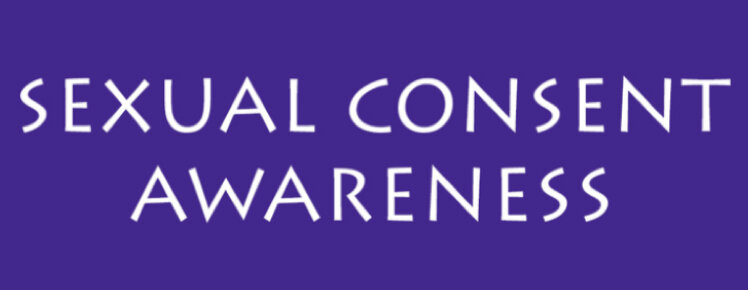If you have a current or future high school student, you’ve probably heard rumblings about traditional scheduling versus block scheduling. That’s because the question of how and when to schedule classes is no insignificant matter. In fact, some educational experts say that taking a strategic approach to scheduling is one of the best ways to help prepare students for an interdisciplinary and connected world.
As the Social Emotional Wellness Committee Mira Costa has been diving deeper into the root causes of some of the undue campus stress, they have been asking a variety of questions that relate to the structure of the day: Does Mira Costa’s traditional six-period schedule provide the best learning environment and opportunities for students? Should Mira Costa consider an alternate schedule? What is the best way to ensure that teachers have time to collaborate and work with students? How can we preserve as many opportunities and avenues as possible for the school’s diverse student body?
Currently Mira Costa operates under a six-period, “traditional” schedule, in which students move from periods one through six at the same time every day. However, many schools are moving toward a popular “block scheduling” format, which sets aside larger chunks of time for either longer classes or interdisciplinary learning. There are many variations on the block schedule, in some cases providing only four (long) classes per term, and in other cases offering six to eight classes per term on alternating days. Of course there are pros and cons to each kind of schedule, and there are many factors to take into consideration in evaluating different types of schedules.
As a result of the Challenge Success Survey of students, the School Site Council Survey and the many diagnostic exercises that have been completed with the greater Mira Costa community, a Schedule Committee (comprised of teachers, students, administrators, counselors and parents) was formed to explore the options and weigh the pros and cons of changing the Mira Costa schedule. The committee has identified several goals that an alternate schedule might be able to achieve for the campus:
- Decreasing the need for summer school by offering more course opportunities during the regular school year.
- Eliminating or significantly decreasing zero period to address students’ sleep and wellness.
- Balancing/distributing the work load throughout the week for students and staff
- Minimizing absences
- Increasing teacher and student collaboration time and advisory time
- Increasing transition time
- Providing greater flexibility to employ differentiated teaching strategies
- Maximizing student/teacher contact time
An off-the-shelf block schedule may not be the correct answer for Mira Costa. However, as illustrated in this article, there are a variety of ways to customize a schedule that would address many of the goals above.
If a schedule change is recommended by the committee, they hope to put that forward by this spring with a proposed short pilot period. Any change to the schedule would then go to the Manhattan Beach Unified Teachers’ Union (MBUTA) and the Board of Education for approval. Do you have questions or want to weigh in? Email the committee: miracostaschedule@yahoo.com


















